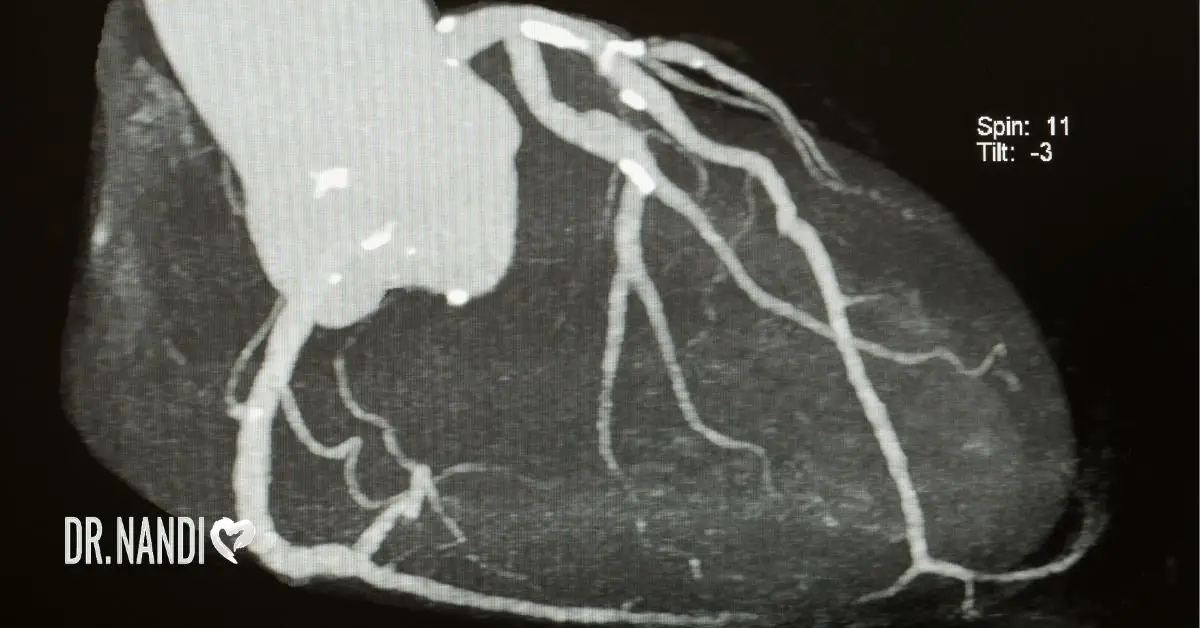Preventing heart disease in patients is my main goal, but early detection is the next best thing if you cannot totally block its development. Changes in lifestyle and medical therapies can delay or deny the onset of a heart attack, and almost 80 percent of heart disease is preventable with lifestyle changes. My patients are surprised to learn that the following list may give clues to underlying silent heart disease years before a heart attack. I now have to add have more clues to this important list, which you will find at the end.
You have erectile dysfunction (ED).
Men have a built-in warning system for silent CHD. When achieving an erection is difficult or impossible, it can be a sign of clogged arteries in the pelvis that presents before a heart attack hits. There are, on average, three to five years between the onset of ED and the finding of CHD, which is plenty of time to detect and to work on preventing heart issues. If you and your partner are worried about sexual performance, look for and treat root causes of diseased arteries before just popping a blue pill.
You’re going bald.
In a comprehensive study of almost 37,000 men, severe baldness at the crown of the head strongly predicted the presence of silent CHD at any age. In a separate study of more than 7,000 people (including over 4,000 women), moderate to severe baldness doubled the risk of dying from heart disease in both sexes.

You have gray hair.
A new study presented in Europe at EuroPrevent 2017 found that a high amount of gray hair is a risk factor for silent heart atherosclerosis. A total of 545 adult men without known heart disease had a CT angiogram of their heart arteries, a very accurate way to identify silent problems. Having equal amounts of gray and dark hair, or mainly gray and white hair, correlated with finding silent heart blockages. The researchers commented that “atherosclerosis and hair graying occur through similar biological pathways.”
You have a diagonal earlobe (yes, really!).
One of the stranger markers, a crease in your earlobe (specifically, an angled crease in the ear that runs diagonally from the canal to the lower edge of the earlobe) has been mentioned in medical research reports as a sign of silent CHD for decades. The ear crease may result from poor circulation, including in arteries in the heart. Although some medical professionals have argued that a crease is just a general sign of aging, researchers last year used the most sophisticated CT scan method to measure silent CHD and found that ear crease predicted heart disease even after the authors accounted for other risk factors, such as age and smoking.
You have calf pain when you walk.
This is known as claudication (from the Latin for “to limp”). Atherosclerosis can block leg arteries, particularly in smokers, before CHD is diagnosed. This symptom requires an evaluation without delay. Your doctor will examine the pulses in your legs and perform simple measurements of leg blood pressure and blood flow to confirm a diagnosis of poor circulation.

My Personal RX: A Doctor’s Guide to Heart Health
Here’s a comprehensive list of recommendations aimed at early detection and management of heart disease:
1. Emphasize Early Diagnosis: It’s essential to identify heart disease as early as possible. A myriad of dietary and medical interventions can potentially reverse this condition if detected early.
2. Know Your Health Indicators: Be aware of your vital health statistics – blood pressure, cholesterol, and fasting glucose. These numbers can offer early signs of silent heart conditions.
3. Proactive Testing: Consider requesting an EKG or coronary calcium CT imaging from your doctor, regardless of your gender. These tests can provide valuable insights into your heart’s health.
4. Implement Lifestyle Changes Immediately:
- Stop Smoking: The damage caused by smoking to your heart is significant. Quitting is an immediate action you can take to mitigate this risk.
- Regular Physical Activity: Incorporate simple physical activities like walking into your routine. This can significantly boost your heart health.
- Stress Management: Chronic stress can take a toll on your heart. Developing effective strategies to manage stress is crucial.
- Plant-Based Diet: A diet rich in plant-based foods can be extremely beneficial to your heart. Download my free Superfoods Cookbook and discover tasty nutritious packed meals.
5. Supplement with N-Acetylcysteine (NAC): NAC helps enhance circulation by dilating blood vessels, which facilitates the flow of more blood, carrying increased oxygen and nutrients. It also boosts nitric oxide production, thus improving heart circulation and potentially reducing the risk of a heart attack. Take my Pure N- Acetyl Cysteine supplement daily.

Remember the wise words of Ben Franklin, “an ounce of prevention (supplemented with a bowl of kale) is worth a pound of cure.” These strategies, when implemented, could be a potent preventive measure against heart disease.











 Subscribe to Ask Dr. Nandi YouTube Channel
Subscribe to Ask Dr. Nandi YouTube Channel










